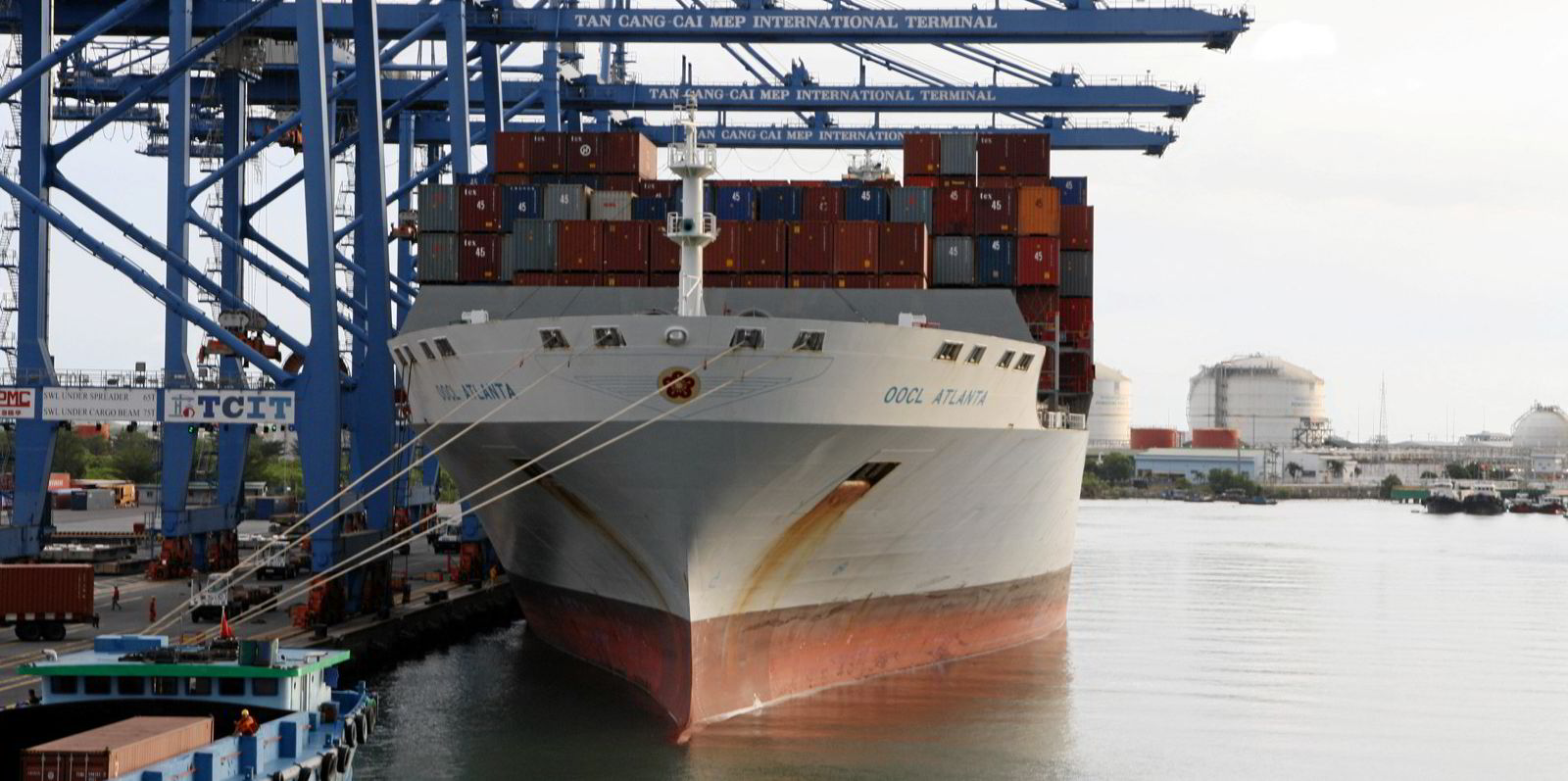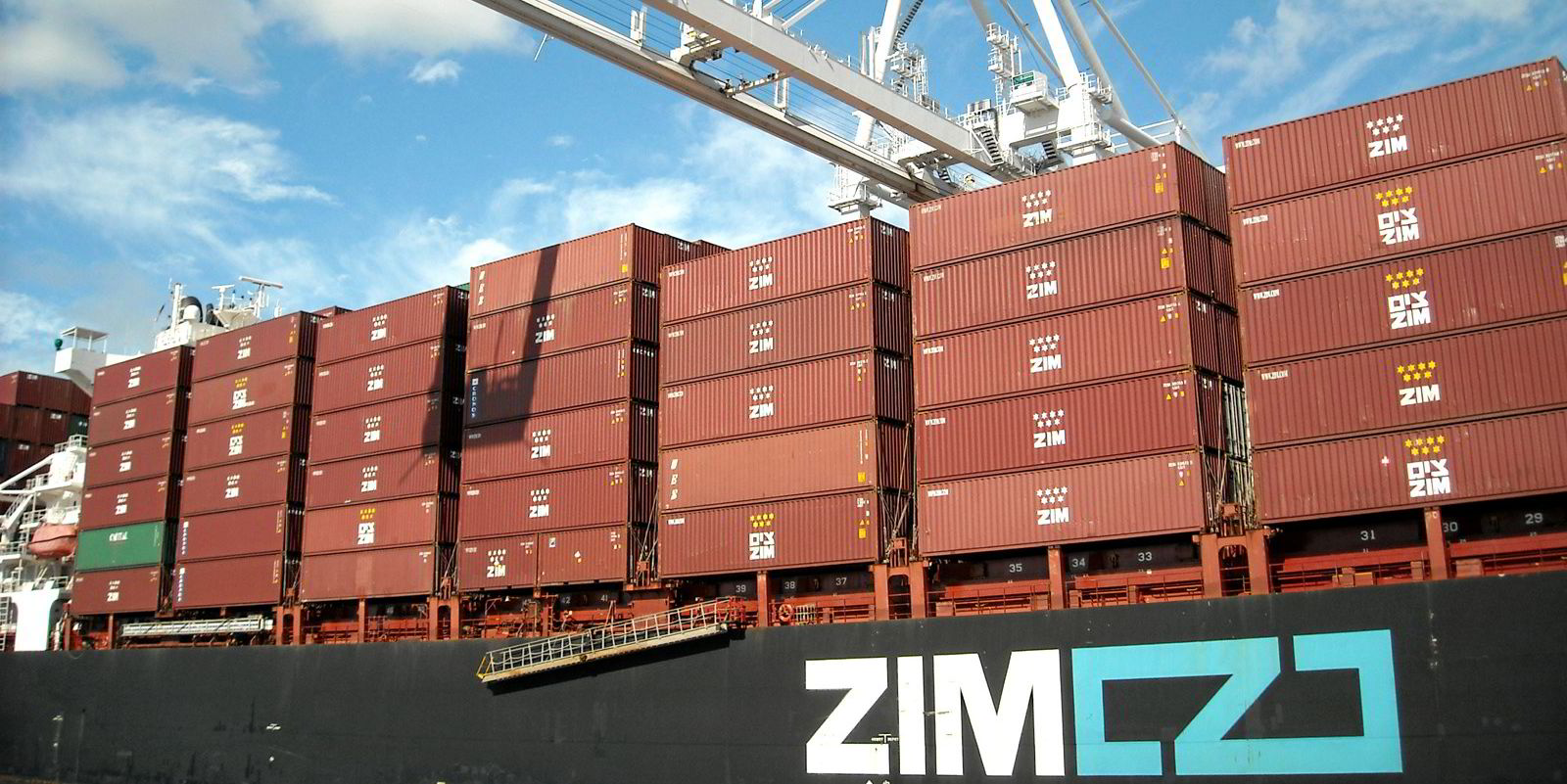Germany’s Hapag-Lloyd has emerged as another bellwether for the liner industry after reporting a four-fold increase in earnings in 2021.
The world’s fifth-largest liner operator raked in Ebitda of $12.8bn last year, according to preliminary figures released today.
That is massively up from with $3.1bn in 2020 and hits the top end of what the company had forecast on 29 October.
The results were propelled by a particularly strong market in the fourth quarter.
This saw Ebitda climb to $4.7bn and Ebit hit $4.2bn.
The performance was fuelled by a rise in average freight rates to $2,577 per teu in the fourth quarter, some 15% higher than the previous quarter.
The Hamburg-based company attributed the staggering improvement to significantly improved freight rates resulting from a very strong demand for goods exported from Asia.
The company said major disruptions in global supply chains led to a significant increase in transport expenses.
Volumes transported were on a par with the prior year at 11.9m teu due to strained supply chains.
Revenues increased to roughly $26.4bn in the year as freight rates doubled.
Average freight rate were $2,003 per teu, compared with $1,115 per teu in the previous year.
Hapag-Lloyd will release its audited financial figures and outlook on 10 March.
But analysts including Fearnleys Securities believe the preliminary results bode well for other liner operators including Israeli carrier Zim.
Hapag-Lloyd expanded its fleet last year to 257 container ships, 23 more than in the previous year.
Ten of those ships came from the takeover of Rotterdam-based liner operator NileDutch.
The company is also a partner in THE Alliance along with Ocean Network Express (ONE), which has unveiled a stunning set of results.
Earlier this week, ONE forecast a $15.4bn profit for the full Japanese financial year.
The Singapore-based carrier logged a profit of $4.9bn for the period from October to December, up from the previous year’s figure of $3.94bn.
The Japanese-owned company expects to make a profit of $4.75bn in the final quarter of the Japanese financial year, despite Chinese New Year and blank sailings due to supply chain disruptions.







